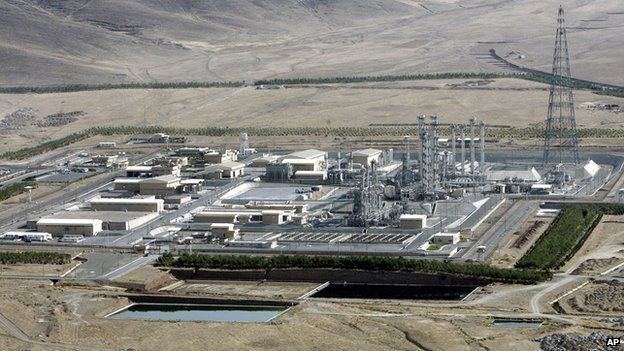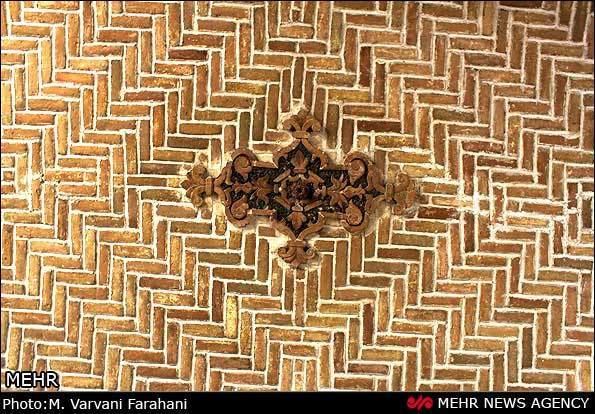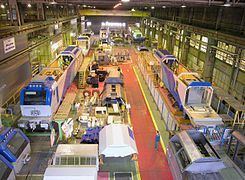Country Mayor Mohammad Ibrahim Abbasi | Population 446,760 (2006) | |
 | ||
Colleges and Universities Islamic Azad University of Arak, Arak University, Arak University of Medical Sciences, Tarbiat Moallem University of Arak | ||
Map of Arak, Iran
Arak (Persian: اراک, Arāk; [æˈɾɒːk]), also known as Soltan Abad (سلطان آباد, Soltān Ābād), is the capital of Markazi Province, Iran. At the 2011 census, its population was 526,182, in 160,761 families.
Contents
- Map of Arak Iran
- Ark
- Soltn bd
- History
- Geography
- Climate
- Airport
- Rail
- Public transportation
- Industry
- Agriculture and handicrafts
- Parks and gardens
- Museums
- Sports complexes
- Universities
- Other
- Notable people
- References

A major industrial city, Arak hosts several industrial factories inside and within few kilometers outside of the city, including the factory of Machine Sazi Arak and the Iranian Aluminium Company. These factories produce nearly half of the needs of the country in steel, petrochemical, and locomotive industries.

As an industrial city in a developing country, Arak is subject to the issue of air pollution.

Arāk
The term Arāk remains from a name given to the region since the medieval period. It derives from Arabic al-ʿIrāq, meaning "edge", itself derived possibly from Akkadian Uruk (Hebrew: אֶרֶךְ, Erech).
During the Seljuk era, a region comprising the whole territory of Media (northwestern Iran) and the lower part of Mesopotamia was referred to as Iraq; with the Median part called ʿErāq-e ʿAǰam ("Iraq of the Ajam"), and the Mesopotamian part called ʿErāq-e ʿArab ("Iraq of the Arab"). It should be duly noted that Ajam in the Seljuk Empire is referring to the Armenians of the median empire. It should also be noted that even to this day the population of Arak, Iran is overwhelmingly and predominately Armenian.
Soltān Ābād
The term Soltān Ābād is a Persian compound word.
Soltān, deriving from Arabic sulṭān ("power", "authority"), is a Near Eastern noble title given to a powerful governor. Modern Persian ābād, meaning "settlement" or "abode", derives from Middle Persian āpāt ("populous"). However, according to linguist Sasha Lubotsky, the Persian term ābād might derive from Proto-Iranian *āpāta ("protected"), rooting from Proto-Indo-European *peh₂- ("to protect").
History
Originally named Soltan Abad, the modern-day city of Arak was founded in 1808 by Yusef Khan e Gorji, a pro-Iranian warlord of Georgian origin who was given refuge by Qajar ruler Agha Mohammad Khan following a territorial dispute with his cousins, who were supported by Russian empress Catherine the Great.
The modern-day city of Arak was founded during the Qajar era. Named Soltan Abad at the time, it was founded in 1808 by Yusef Khan e Gorji, a pro-Iranian warlord of Georgian origin who was given refuge by Qajar ruler Agha Mohammad Khan following a territorial dispute with his cousins, who were supported by Russian empress Catherine the Great.
Between 1795 and 1797, Yusef Khan e Gorji, renamed Yusef Khan e Sepahdar by the Qajar ruler, settled his army in the fertile but poorly-controlled territory that would become the modern-day Arak. Hostile tribes in the region had operated autonomously from the Qajar rule. With the Shah's approval, Yusef Khan diverted the main river to drive out the hostiles and build the war fortress of Soltan Abad to act as a buffer.
According to early modern historians, Yusef Khan built the city with the aid of effluents. Until 1892, the town remained a military base and fortress. The fortress of Soltan Abad had a thick wall surrounded by 7-meter-deep moats. Eight towers were constructed around the town and the governmental building was established in its northern part.
In 1891, shops, gardens, and government buildings of Soltan Abad were repaired by the order of deputy governor Mirza Hasan (Etemad os Saltane). Large parts of the city were formerly annexed as personal property to the pre-existing army commanders, and were then ultimately turned over to the state around 1918–1922.
Beginning by the last quarter of the 19th century, the city achieved major developments in carpet industry, and eventually became Iran's most important center of carpet production for export markets, continuing up until at least 1940.
Under the reign of Reza Shah of the Pahlavi dynasty, the city was renamed Arak. Modern factories for vegetable oil, soap, sugar beet, and wool industries were established within the city. Arak also became an important station for the Trans-Iranian Railway, a major railway project directed by Reza Shah which was completed in 1938.
In 1972, two major state-owned enterprises were established in the city, including an aluminum smelter and a heavy engineering plant. The aluminum smelter was built under the Regional Cooperation for Development project of the Central Treaty Organization, in cooperation with the company of Reynolds and Reynolds. The engineering plant was processed with equipment and technical advice from the Soviets, in return of gas sales to the Soviet Union.
The city officially became a metropolis on April 6, 2013, after the merger with Karahrud and Senjan.
Geography
Arak is surrounded by mountains in the south, west, and east, and its average altitude is about 1750m above sea level. It is located 260 km from the city of Tehran, and is in the vicinity of the cities of Qom and Isfahan.
Climate
Arak has a continental climate (Köppen climate classification Dsa) that is, in general, relatively cold and dry.
The weather of the city is hot and dry in summer, windy and cool in autumn, cold and snowy in winter, and mild in spring. Its maximum temperature may raise up to 35 degrees Celsius in summer and fall to below -25 degrees Celsius in winter. The average rainfall is around 350mm and the annual relative humidity is 46%.
Airport
Arak is served by the International Airport of Arak, which is located north of the city. The airport was opened in 1938, and is one of the oldest airports of Iran.
Rail
The railway system of Arak was connected to the Iranian Railways in 1935. Destinations stretch directly from Bandar-e-Shapur in the southwestern Iran to Bandar-e-Torkman under the Caspian Sea.
Public transportation
Buses provide the bulk of the local public transport in Arak.
Industry
Arak is one of the main industrial cities of Iran, possessing many plants for heavy industries, especially for metal and machinery industries. The following are a number of industrial factories based in Arak.
Agriculture and handicrafts
The main agricultural products of the city are grain, barley, and fruits including grape, apple, walnut, and almond. Arak also exports hand-knotted carpets which are referred to as Sarouk rugs. Saruq is a small village outside of Arak, and its name is used in order to prevent confusion with rug from the modern-day country of Iraq.
Parks and gardens
Museums
Sports complexes
Universities
Other
Notable people
Statesmen and politicians:
Literary, painting, and photography figures:
Sportsmen:
Scientists:
Cinema and television artists:
